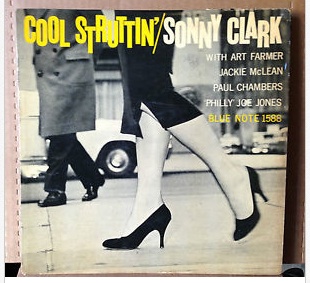Would You Pay $5,000 For This Record?
 As promised, here is the original DownBeat review of Hank Mobley, Blue Note 1568, perhaps the most valuable and treasured of all the Jazz Collector collectibles. This is from Oct. 30, 1958 and the reviewer is John A. Tynan:
As promised, here is the original DownBeat review of Hank Mobley, Blue Note 1568, perhaps the most valuable and treasured of all the Jazz Collector collectibles. This is from Oct. 30, 1958 and the reviewer is John A. Tynan:
“Hank Mobley — Blue Note 1568: Might Moe and Joe; Falling in Love With Love; Bags Groove; Double Exposure; News.
“Personnel: Mobley, tenor; Curtis Porter, alto, tenor; Bill Hardman, trumpet; Sonny Clark, piano; Paul Chambers, bass; Art Taylor, drums
“Rating — Three and a half stars
“One of the nicer things about Al Lion and associates at Blue Note is that they don’t hesitate to present new talent they consider worthwhile. On this set is presented 29-year-0old Philadelphia saxman Curtis Porter, who is equal to the company. Although it is Mobley’s date, the leader allows generous space for the wailing of his fellow reedman, which makes for a high degree of hard blowing.





